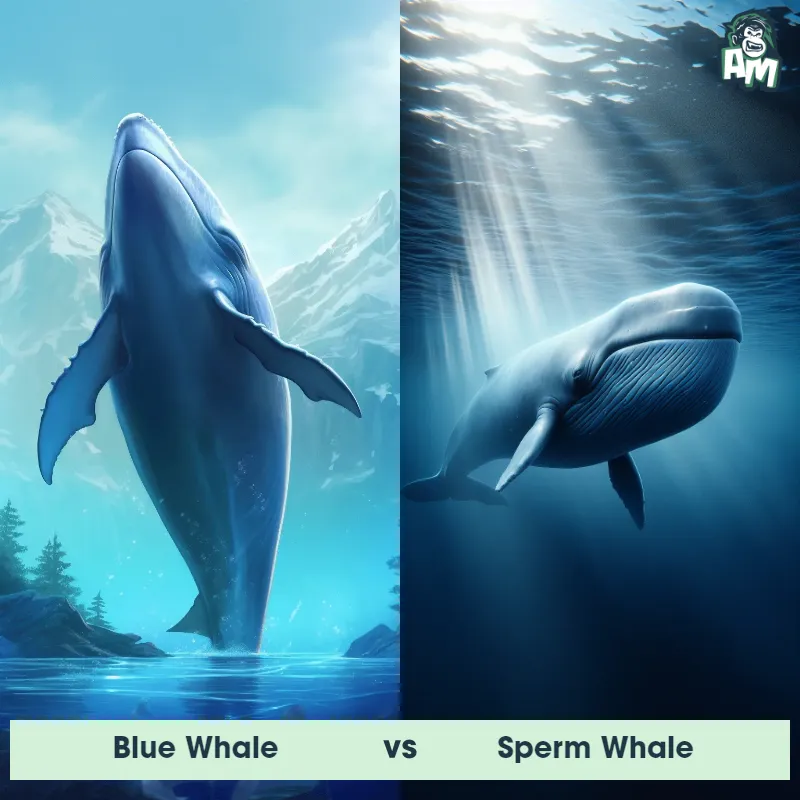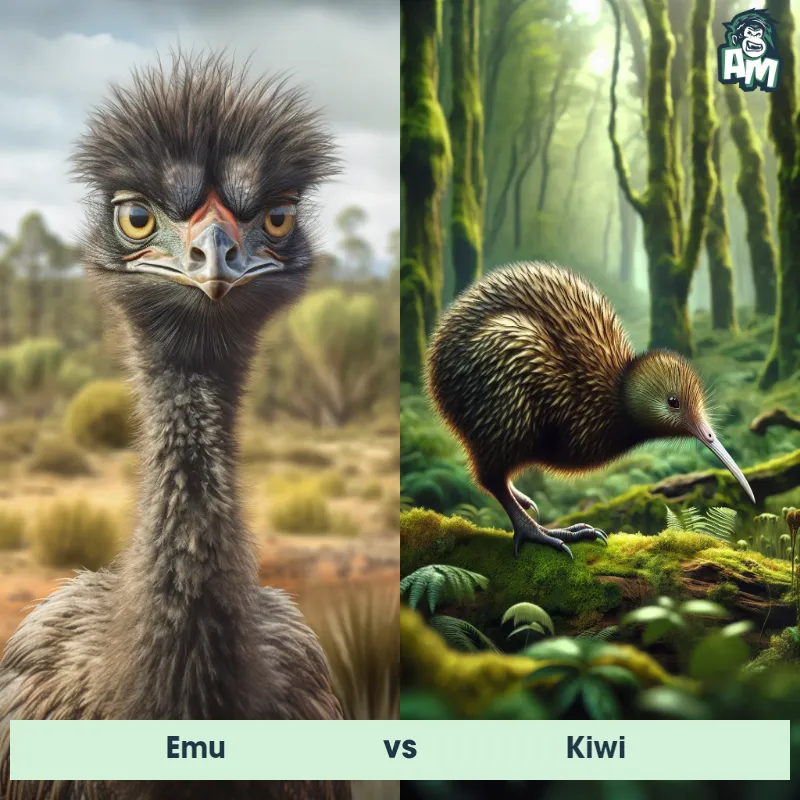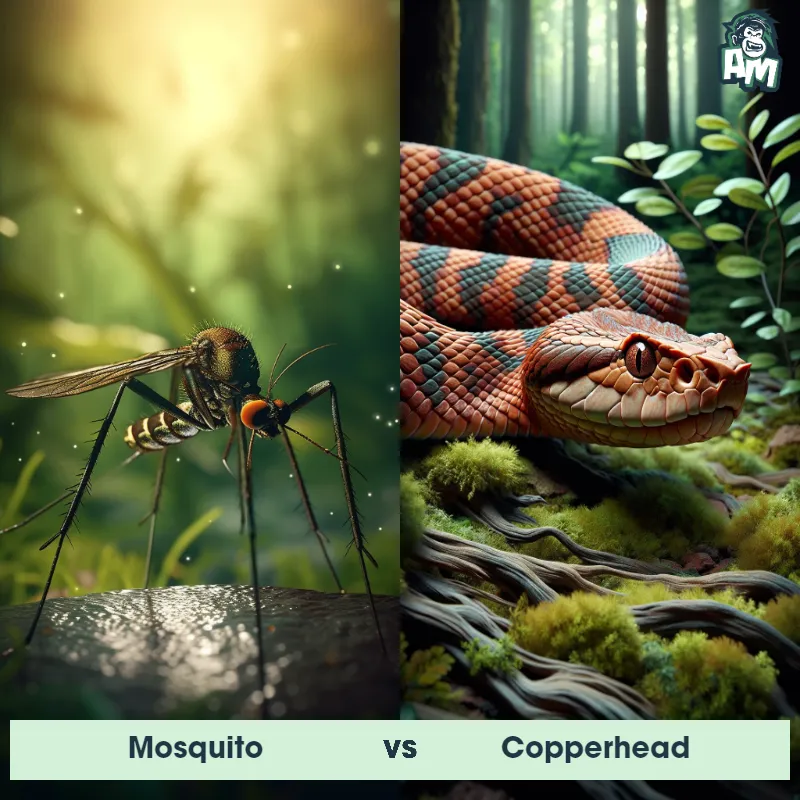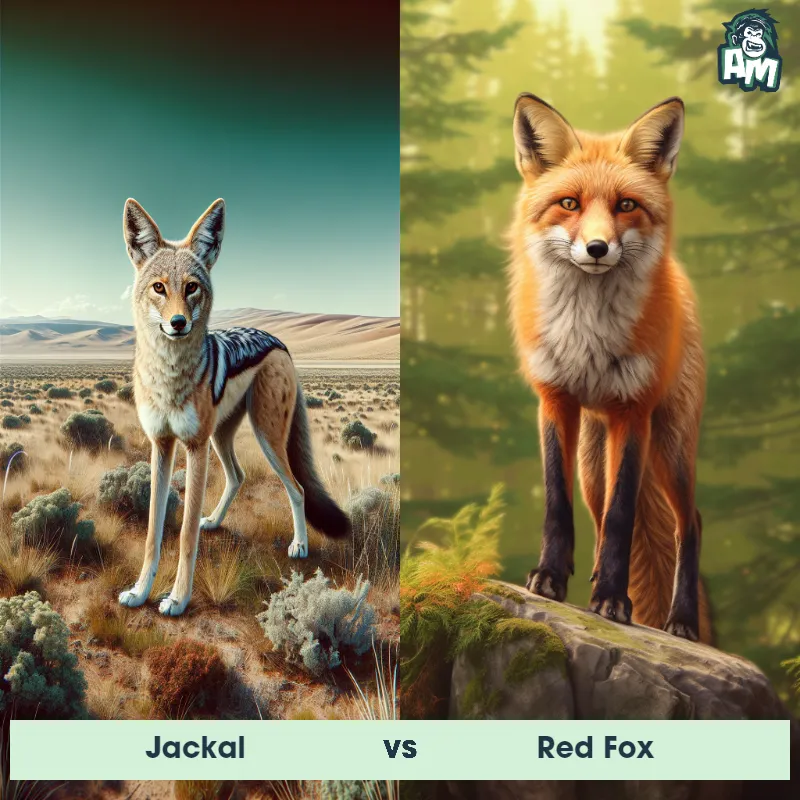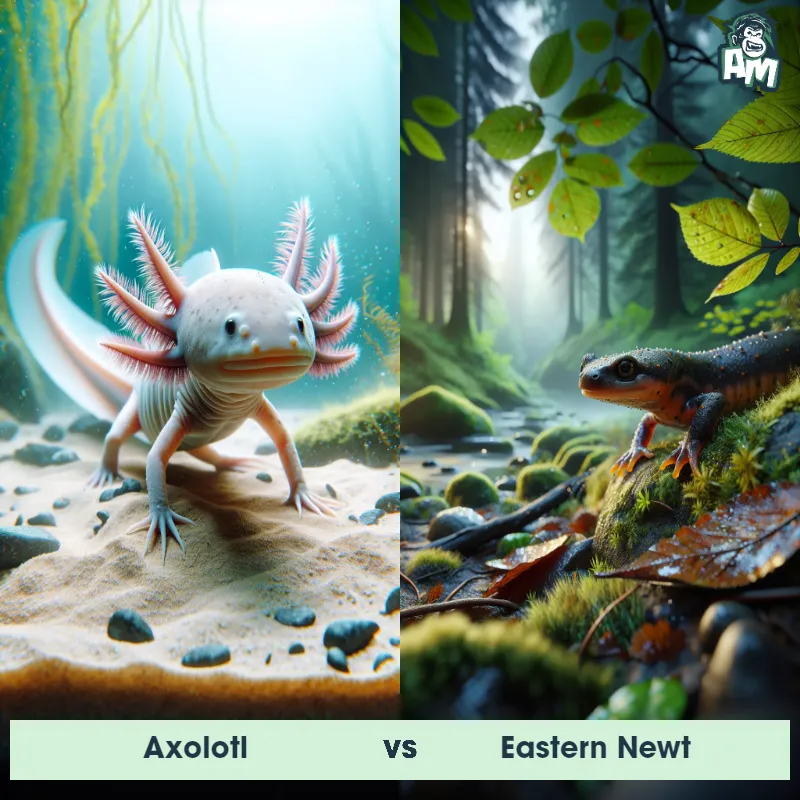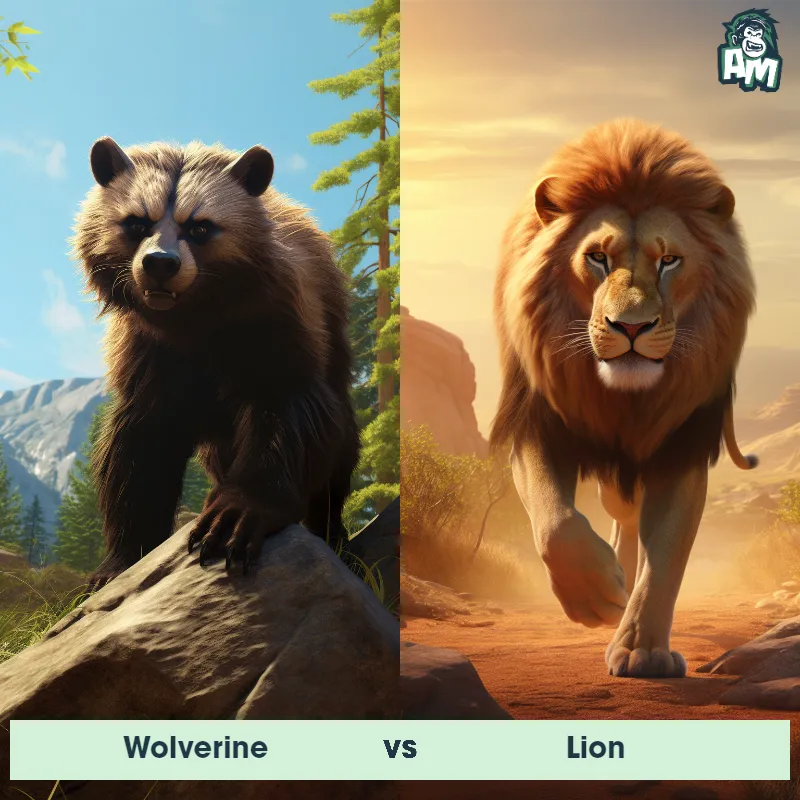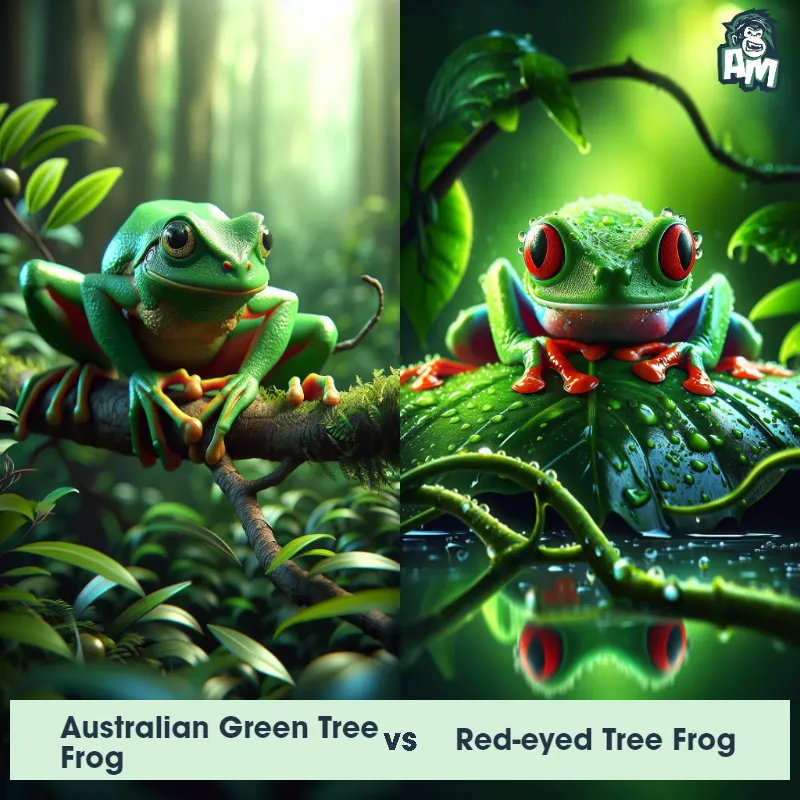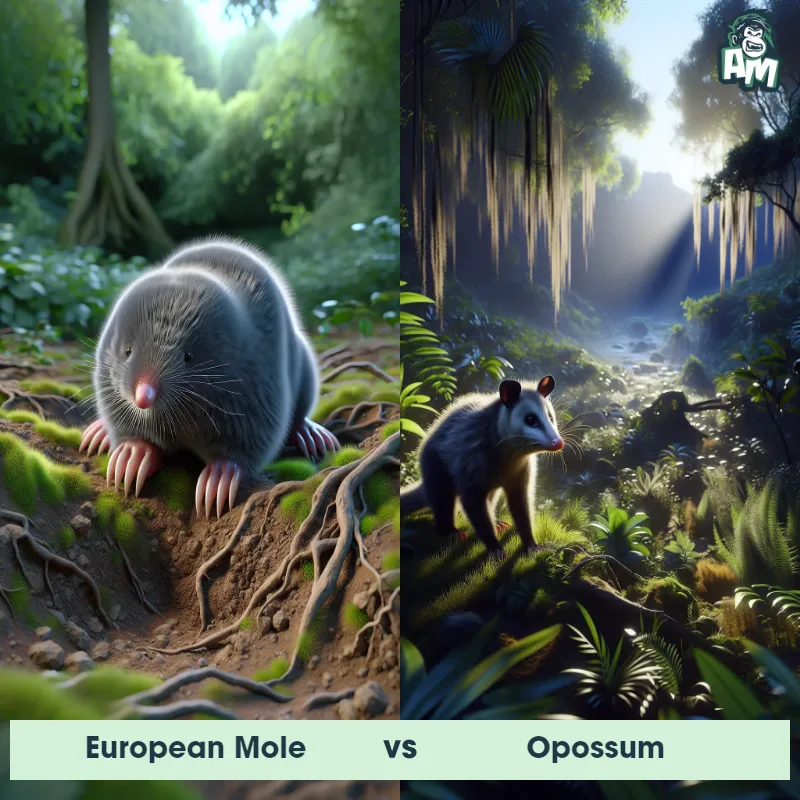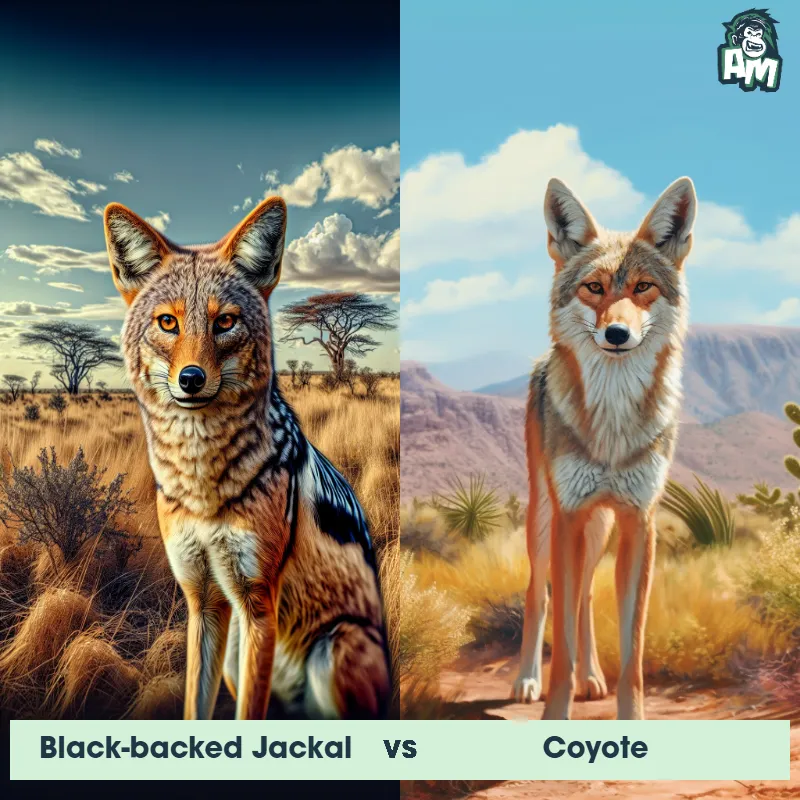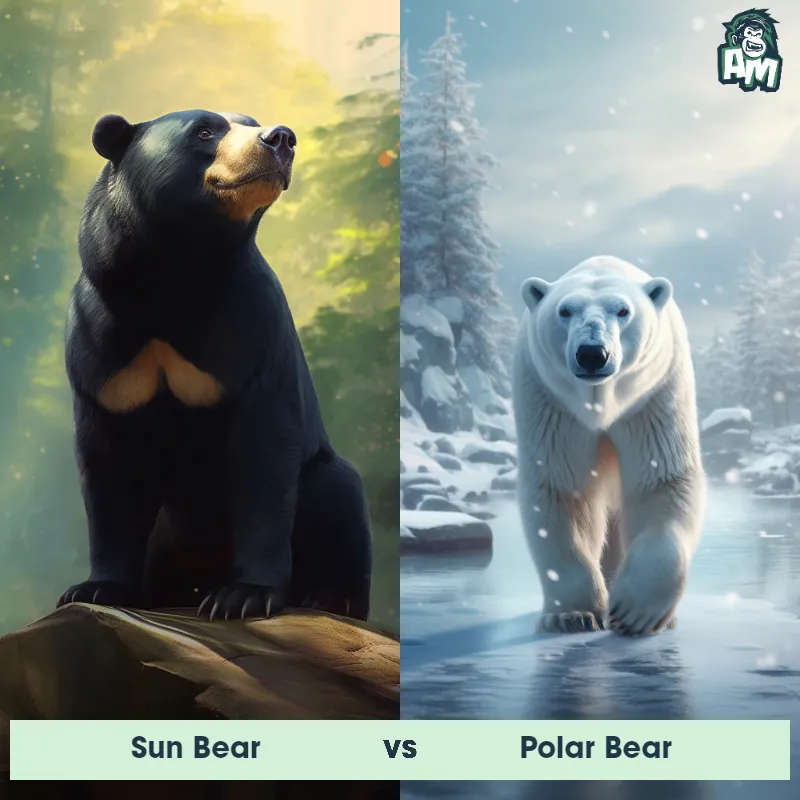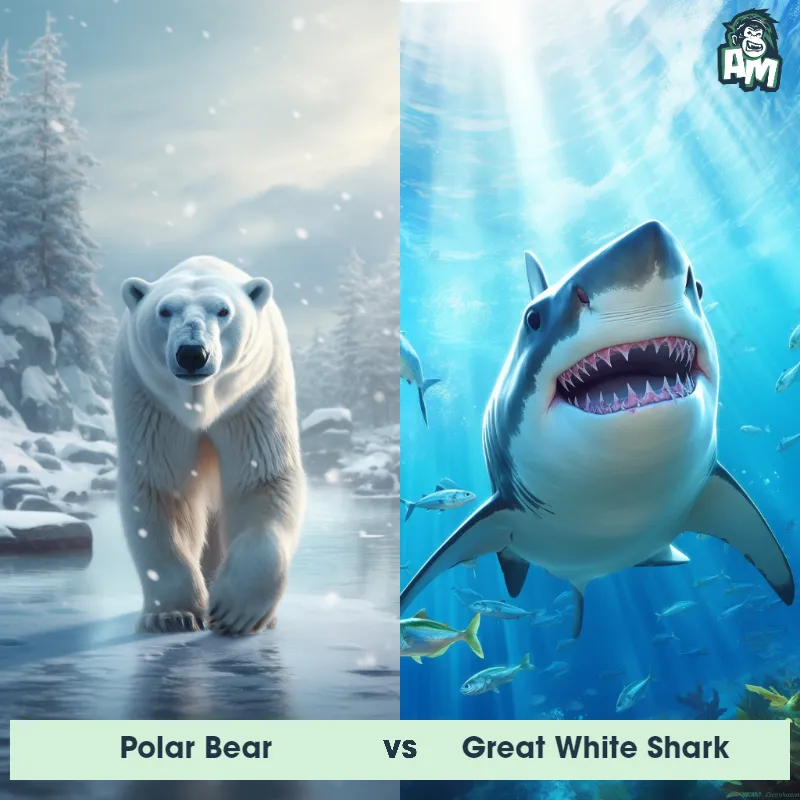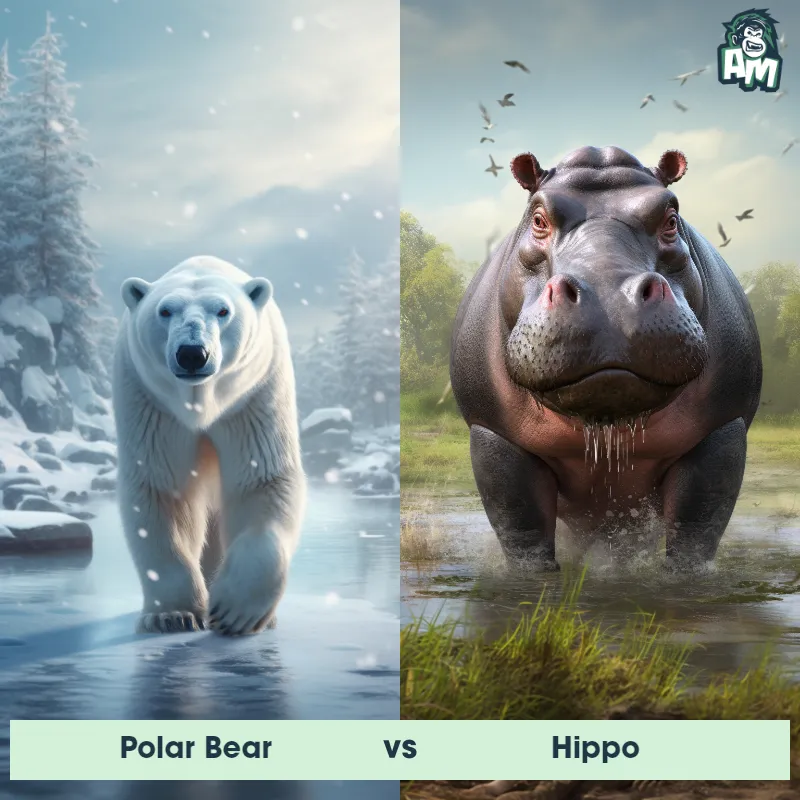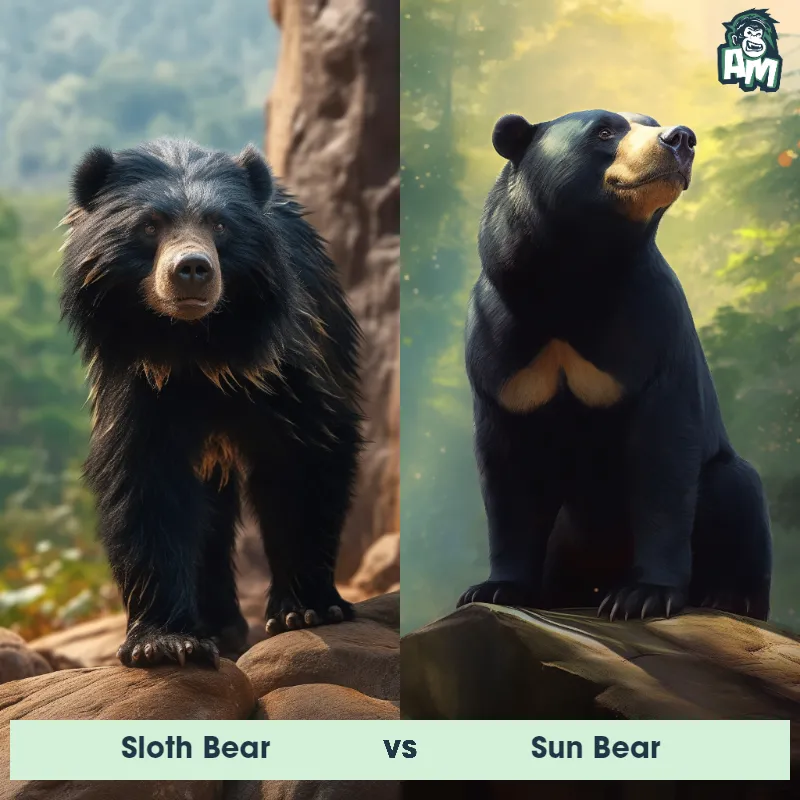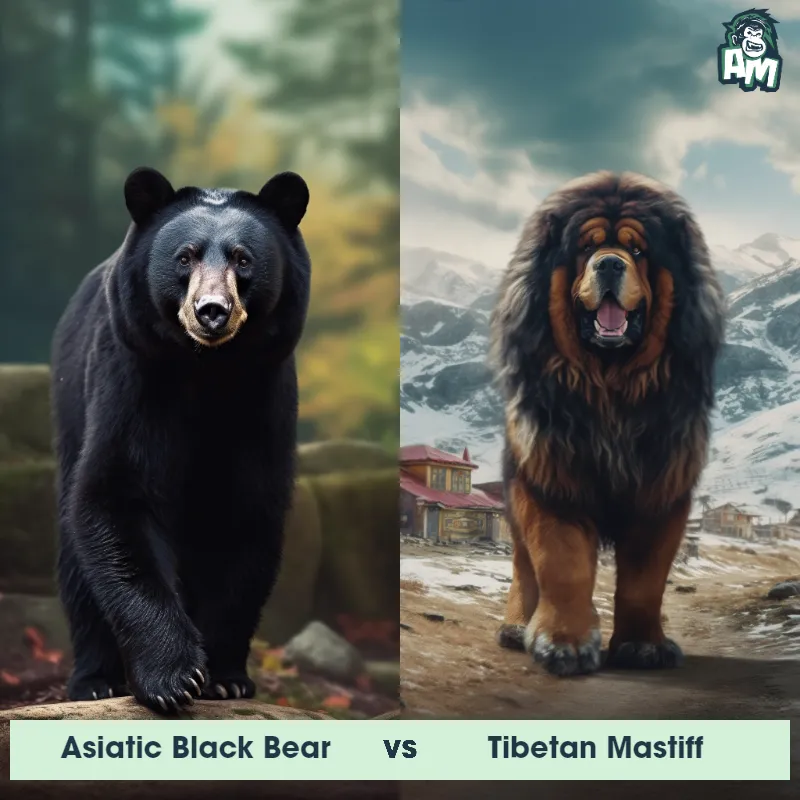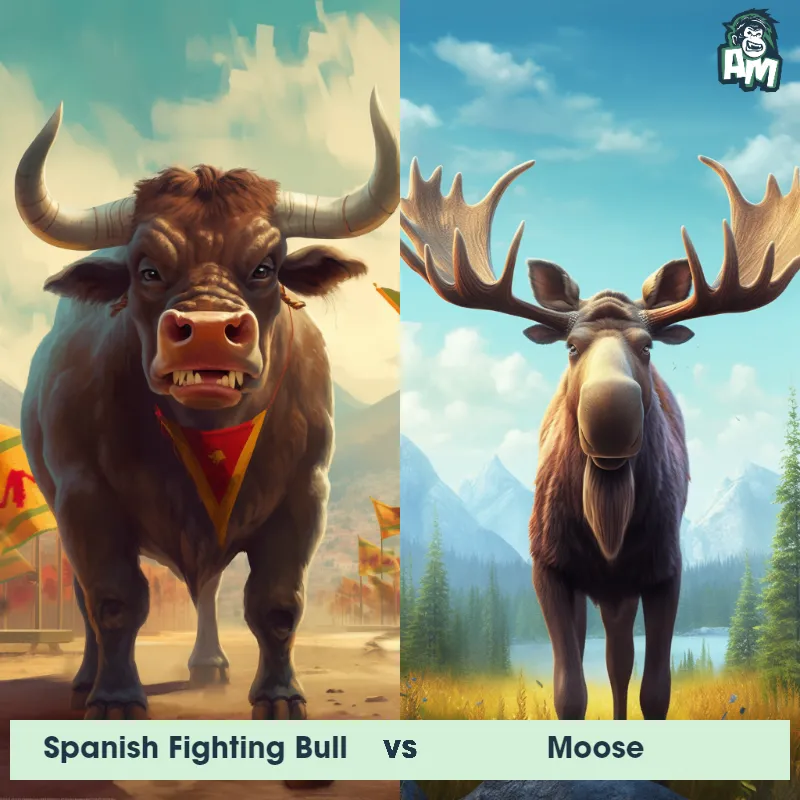Polar Bear vs MooseSee Who Wins

Ladies and gentlemen, welcome to this epic clash between two powerful giants of the animal kingdom: the Polar Bear and the Moose. We have a three-round bout ahead of us, and we'll be here to give you a detailed play-by-play.
Contender 1: Polar Bear
The Polar Bear, also known as the Ursus maritimus, is a large carnivorous mammal that inhabits the Arctic region. They have a thick white fur coat that helps them blend in with their snowy surroundings, and their large paws are equipped with sharp claws that allow them to grip onto ice and catch prey. Polar Bears are excellent swimmers and can swim for long distances in search of food. They are also known for their incredible sense of smell, which they use to detect prey from miles away.
![[object Object] Gif](https://tenor.com/view/fight-mission-critical-nat-geo-wild-scuffle-brawl-gif-20524033.gif)
Fun Fact: Polar Bears have a layer of fat that can be up to 4.5 inches thick, which helps them stay warm in the frigid Arctic temperatures.
Contender 2: Moose
The Moose, also known as the Alces alces, is the largest member of the deer family. They are known for their massive size, with males weighing up to 1500 pounds and standing over 6 feet tall at the shoulder. Moose have long, slender legs and a humped back, with a distinctive flap of skin called a bell hanging from their throat. They are typically brown in color, with a darker mane and legs, and their antlers can span up to 6 feet across.
Fun Fact: Moose are excellent swimmers and can swim up to 6 miles per hour, using their powerful legs and large hooves to paddle through the water.
Matchup Stats
| Polar Bear | Moose | |
|---|---|---|
| Size | 8-10 feet (2.4-3 meters) | Up to 6 feet (1.8 meters) at the shoulder |
| Weight | 900-1,600 pounds (408-725 kilograms) | Up to 1500 pounds (680 kilograms) |
| Speed | Speed: 25 mph (40 km/hr) | Speed: 35 mph (56.3 km/hr) |
| Key Strength | Powerful jaws and sharp claws | Powerful antlers used for fighting and display |
| Biggest Weakness | Slow movement on land | Poor eyesight and slow movement |
Current Votes
Polar Bear vs Moose
See Who Wins
View More Matches
Looking For More?
Similar Matches
Scientific Stats
| Polar Bear | Moose | |
|---|---|---|
| Scientific Name | Ursus maritimus | Alces alces |
| Family | Ursidae | Cervidae |
| Habitat | Arctic region | Forests, wetlands, and tundra |
| Geography | Arctic Circle | North America, Europe, and Asia |
| Diet | Carnivorous, primarily seals | Herbivorous, primarily consuming leaves, bark, and twigs |
| Lifespan | 20 years - 30 years | 15 years - 20 years |
Key Differences between Polar Bear and Moose
- Diet: Polar bears are carnivores and primarily eat seals, while moose are herbivores and primarily eat plants.
- Antlers: Male moose have large, branching antlers that can span up to six feet across, while polar bears do not have antlers.
- Head shape: Polar bears have a more elongated head with a narrow snout, while moose have a broad, flat head with a wide snout.
- Size: Polar bears are much larger than moose, with adult males weighing up to 1,500 pounds while moose typically weigh between 800-1,200 pounds.
- Fur: Polar bears have thick, white fur that helps them blend in with their snowy environment, while moose have brown fur that is thinner and less insulating.
- Paws: Polar bears have large, webbed paws that help them swim and walk on ice, while moose have hooves that are adapted for walking on land.



